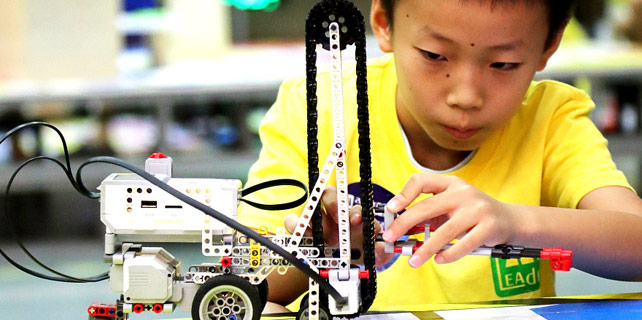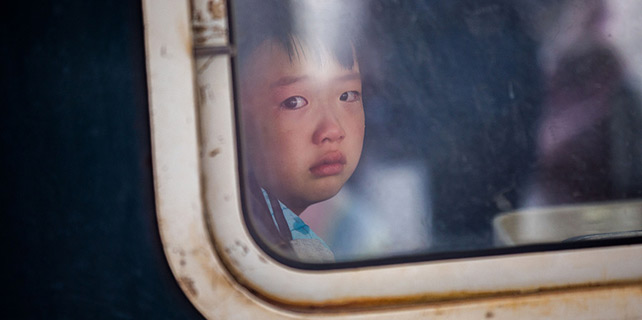Beijing close to meeting PM2.5 goal
Beijing has seen a significant reduction in PM2.5 as a five-year campaign against air pollution nears its end.
The level of PM2.5 - fine particulate matter with diameter 2.5 microns or less that can be hazardous to health - declined by 34.7 percent in the first seven months of the year, compared with the same period in 2013, the municipal environment bureau said on Monday.
However, the pressure is still on the municipal government to meet the goal of reducing the average PM2.5 concentration to 60 micrograms per cubic meter, as the average PM2.5 concentration last year was 73.
From January to July, the average PM2.5 concentration was 64 mcg/cu m, the lowest yet during the campaign, the Beijing Municipal Environmental Protection Bureau said in a statement on Monday.
The PM2.5 level has continued to decrease since March and reached 52 in July, it said.
Among the capital's 16 districts, the four northern districts - Huairou, Miyun, Yanqing and Changping - have seen the average PM2.5 level in July drop below 60.
The capital imposed strict measures to reduce emissions in the first seven months of the year, the bureau said, including phasing out 300,000 vehicles with high-emissions and shutting down 3,648 polluting companies.
In addition, 79 percent of its 700 rural villages have had the necessary facilities installed to switch from coal to electricity for heating in winter, the bureau said.
The city's environmental bureau also summoned leaders from 14 villages that had poor air quality and failed to fully implement the controls, sending a warning to all counties and districts to make controlling air pollution a priority.
However, Beijing as well as neighboring Tianjin and Hebei province still face the challenges of worsening pollution in autumn and winter, the Ministry of Environmental Protection said on Monday.
The ministry recently approved an action plan to help the Beijing-Tianjin-Hebei region reach their targets.
Li Ganjie, the environment minister, said on Monday that the region should make joint efforts to reduce air pollution in autumn and winter, and make the implementation of the action plan a priority.
No details of the plan have been released yet.
Chai Fahe, a researcher at the Chinese Research Academy of Environmental Sciences, agreed that the governments should take extra measures to control emissions in order to reach the targets, considering the severe air pollution in January and February, and also the smog that may come in the coming months.
"The ministry has promoted coordinated controls in the northern region, which will work to alleviate smog in winter," he said, adding that it will be difficult but still possible to reach the target.









